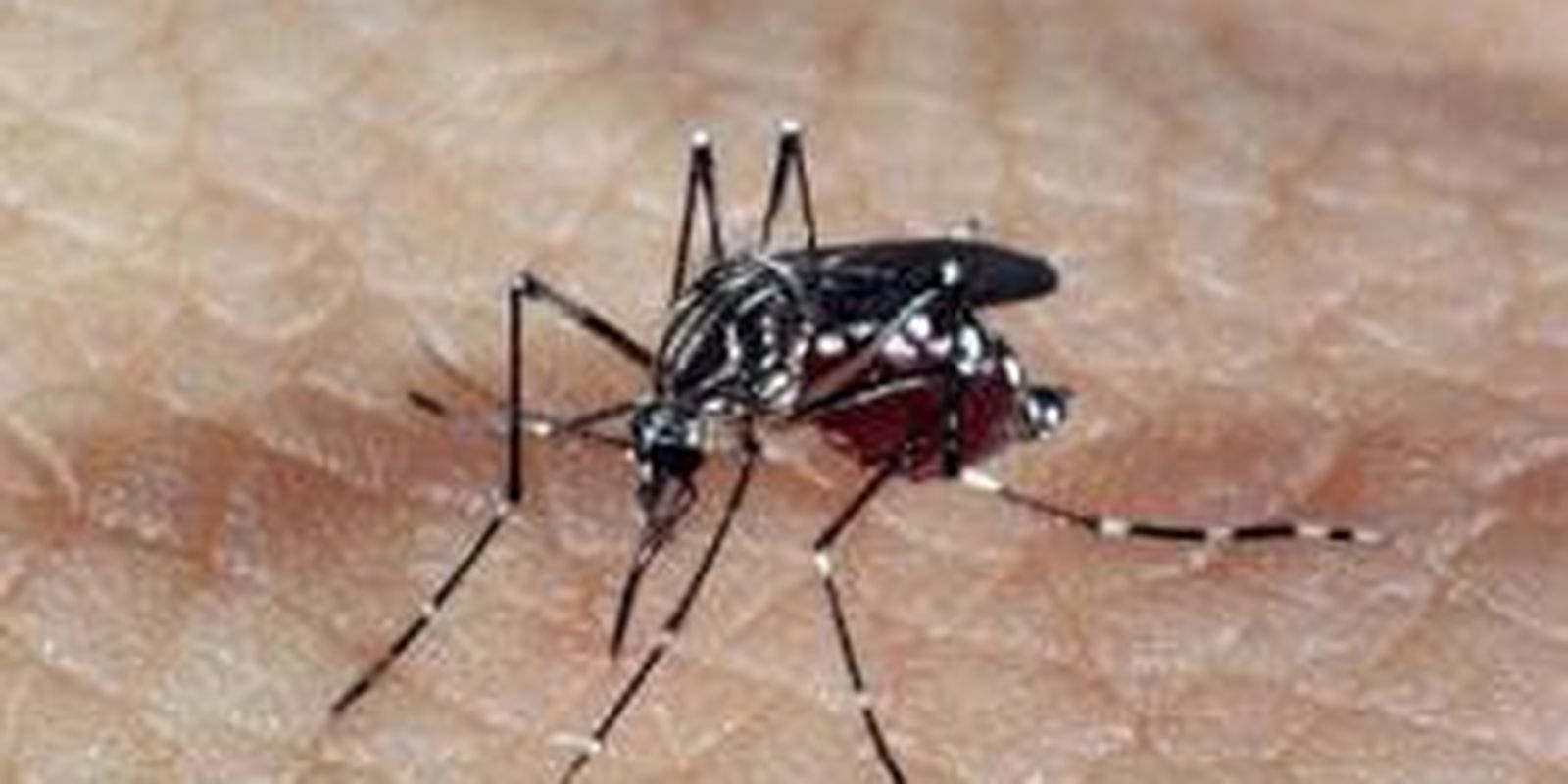A study by the Oswaldo Cruz Foundation (Fiocruz), released in May this year, showed a resurgence of this serotype, and last week, four cases were confirmed in the city of Fotoburanga, in the interior of São Paulo. The first case, which was discovered in a 34-year-old woman, drew attention to the severity of the classic symptoms of the disease, such as fever, vomiting, pain, and red spots on the body, as well as nosebleeds and urine.

According to the Municipal Health Department of Fotoburanga, ban measures, which include identifying serotype circulation, have deemed seven more cases suspicious. The results of the samples collected indicated that among the seven, three were infected with dengue type 3, all of them female, and their ages were 5, 31 and 46 years. All cases occurred in the same area, in a neighborhood south of the city. The four patients are at home and doing well.
The state Ministry of Health stated that there is no record of this type of disease in other municipalities in the state of São Paulo, nor any deaths. The state government said in a statement that it is monitoring the epidemiological scenario with an emergency plan that is implemented every year, regardless of the proportions.
According to Fiocruz, dengue has four serotypes, and infection with one creates immunity to the same serotype, but an individual can contract dengue if they have contact with a different serotype. Since few people have been infected with type 3, there is a risk of an epidemic due to decreased immunity to this serotype.
“The problem is that the symptoms of type 3 dengue are the same as those of types 1 and 2. Since many people have already been infected with types 1 and 2, when they become infected with type 3, they can develop a severe form of the disease, which can lead to Infectious diseases Kleber Luz, coordinator of the Arbovirus Committee of the Brazilian Society of Infectious Diseases, “It leads to overcrowding. From emergency care units and hospitals.” Therefore, warns the infectious disease specialist, it is necessary to be more vigilant regarding serious forms of infection. “Clinically there is no difference, but what draws attention most is how serious the condition is, as it is a sequential infection. “In Mexico and Central America, for example, the disease has caused more deaths,” Kleber Luz adds.
Warning symptoms of the disease include: fever, the appearance of red spots on the body, abdominal pain, and persistent vomiting, which is also accompanied by bleeding from the gums, nose, or urine. When noticing any symptoms, the person must go to the nearest health unit to obtain medical care. The forms of prevention are those that residents already know: cleaning backyards to avoid pooled water, which constitutes a breeding ground for the insect, and receiving health agents to examine possible mosquito outbreaks. Aedes aegypti.
